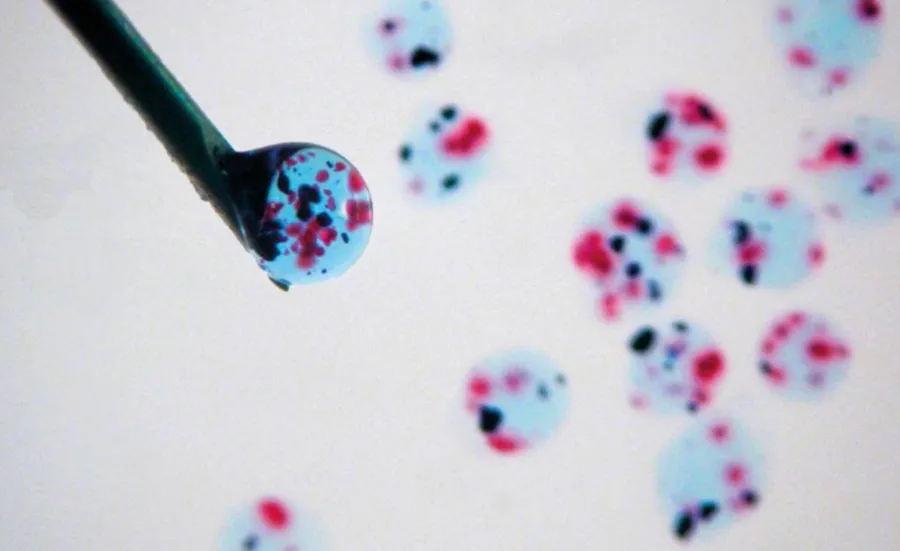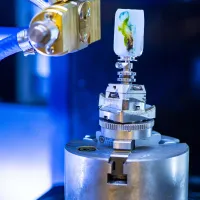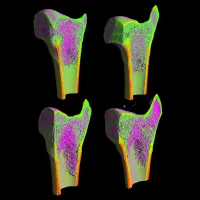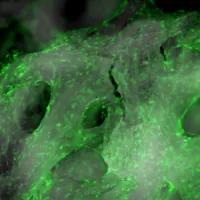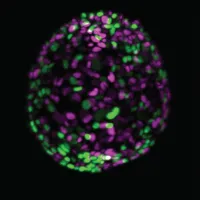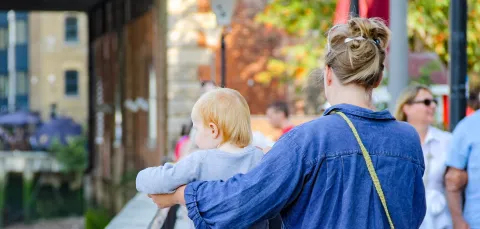As human life expectancy increases, so does the number of people suffering from conditions associated with living longer. The NHS needs solutions to treat age-related ailments quickly and cost-effectively. New technological advances from a University of Southampton spin-out company - Renovos - offer one such solution.
Regenerative medicine
The field of regenerative medicine encompasses a range of methods used to regrow, repair or replace damaged cells, organs and tissues. These approaches involve the use of stem cells and tissue engineering, as well as the production of artificial organs, to improve the healing process and relieve pain in patients.
The Centre for Human Development, Stem Cells and Regeneration (CHDSCR) explores using skeletal stem cells and biomaterial scaffolds for the treatment of bone damage and disease.
Our ultimate goal is to undertake fundamental research into early development and stem cells together with applied translational research to achieve patient benefit.
Professor Richard Oreffo
This research has led to the creation of spin-out company Renovos', which has produced a nanoclay gel biomaterial that makes it safer and more efficient to treat musculoskeletal conditions with regenerative medicine.
Revolutionary nanoclays for regenerative medicine and bone repair
Working with nanoclay
The company's first product, Renovite ® BMP-2 gel, is intended for conditions such as spinal fusion, bone defects and ankle surgery. The nanoclay is injectable, which makes it easy to use and cost effective.
"For what is essentially quite a low-tech material, clay is proving to have tremendous potential in this area. The gel allows significantly lower doses of powerful regenerative therapeutic agents to be precisely delivered by injection and localised to bone sites where needed, as well as acting as a scaffold"
Professor Richard Oreffo - Director of CHDSCR and Co-founder of Renovos
Clays have been used in tablets to control drug release through their molecule binding properties for many years. These binding properties ensure that molecules stay localised, which increases the chance of a treatment being effective. With nanoclay, these same properties are essential in directing the activity of regenerative stem cells.
The early trial data has shown that nanoclay gel technology contributes to improved bone healing, with a reduction in adverse effects and complications when compared with current orthopaedic approaches.
Charity collaboration
In 2020, Renovos secured the first ever investment from Orthopaedic Research UK (ORUK), a charity funding research and education in musculoskeletal science.
“We went through an extremely rigorous and labour-intensive selection process with ORUK to secure the first ever investment of its type from them. The charity has transformed its funding model in order to provide investment to start-up companies such as ours. As well as it being fantastic to be their first investment, ORUK are extremely well placed to help us establish the networks we need with clinicians and patient groups as we approach clinical trials.”
Dr Jonathan Dawson - and Medicine Research Fellow and Co-founder of Renovos
